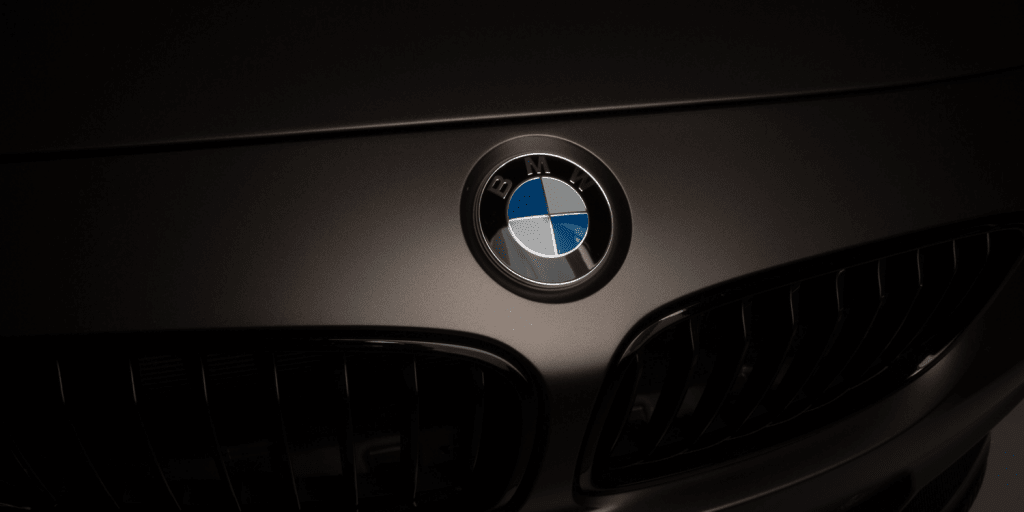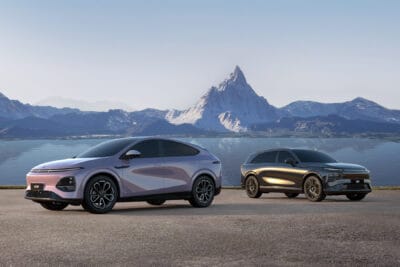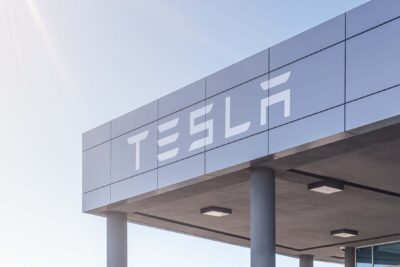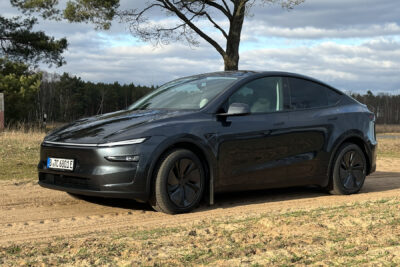BMW board member Frank Weber unpacks details about New Class
New details about the electric car platform New Class have been revealed by BMW development board member Frank Weber. This concerns partly the technology of some components, but also the overall design of the platform. The only thing is that it does not really make the overall picture any clearer.
According to Weber, the platform is flexible enough to cover electric cars from the 1 series to the large SUV X7. It is already known that the New Class will rely on round cells with a diameter of 46 millimetres in two different heights and a system voltage of 800 volts. The abandonment of modules in favour of a “pack-to-open-body concept” was also already known. “Our highly focused pack-to-open-body concept pioneers for instance a truly innovative approach to battery integration and final assembly,” Weber now says.
The ready-to-install battery packs should have an energy content of between 75 and 150 kWh, depending on the model. The battery can be varied not only in fixed module steps, but much more flexibly. Car Magazine also has new figures on the still open height of the round cells: They are to be 120 millimetres high in SUV models and 95 millimetres in saloons. This is not only more than Tesla’s large round cells (80 millimetres), but also more than expected – until now it was rather assumed that the cells would be 40 or 60 millimetres high, as BMW’s partner Samsung SDI develops such cells.
There is also new information about the drive concept: According to this, up to four electric drives and outputs between 200 and 1,000 kilowatts are possible. However, most models will be offered with a “simple RWD and AWD configuration” – i.e. with one electric motor per axle. For particularly sporty models (such as BMW M), however, two motors per axle with torque vectoring are also possible. BMW relies on current-excited synchronous machines (SSM) – as it does in the current fifth generation.
Despite such battery sizes and performance, Weber does not want to neglect efficiency. “Going big on cell power and extreme range is not the solution, because the size and weight penalty is counter-productive,” BMW’s chief developer is quoted as saying. “Instead, we must get the best out of every watt-hour by further reducing the rolling resistance, improving aerodynamics and increasing the on-board energy efficiency.”
Weber’s latest statements bring some further insights into the technology, but do not end the communication chaos surrounding the New Class – rather the opposite is the case. In the past, Weber had already emphasised the enormous flexibility from the compact to the luxury class – and also the flexibility in the drives: In addition to pure BEV solutions, the platform should also be able to accommodate internal combustion engines for a PHEV configuration.
Also to Car Magazine, BMW CEO Oliver Zipse again somewhat limited the potential use of the ‘New Class’ – at least the first model in the 3 Series segment is to come only purely electric. Additionally, the architecture will be “mainly focused on the mid-size segment”. “It does not cover the lower segments up to the luxury class,” Zipse said in May. Weber’s statements now sound different again.
In July there was another report that the abandonment of combustion engines in the New Class was becoming more likely. At least Weber did not mention combustion engines in his latest statements. In the past, financial analysts had already criticised unclear and partly contradictory statements by board members on the New Class: They did not really know “what this platform is”.





0 Comments